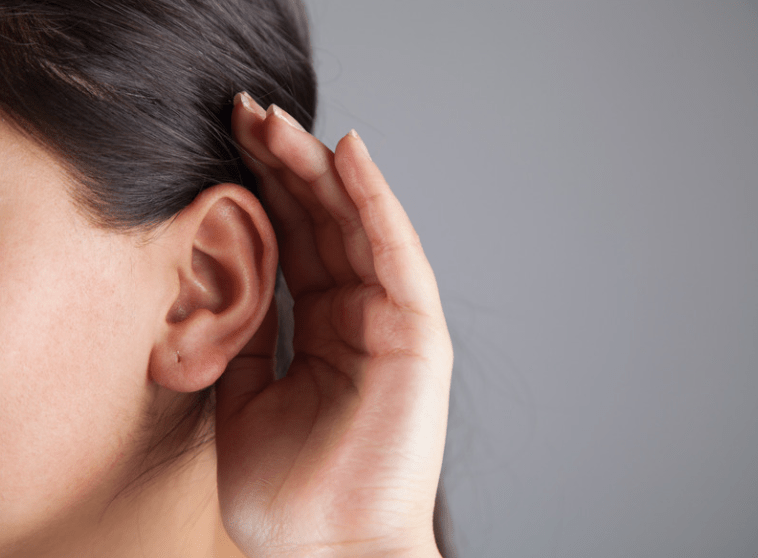
Lupus
Research shows that lupus is becoming more prevalent among the military population. Due to many things that veterans are exposed to in service, service members have a higher chance of developing lupus.
What is Lupus?
Lupus is a long term autoimmune disease in which the body’s immune system becomes hyperactive and attacks normal healthy issue. The immune system protects the body and fights off antigens, such as viruses, bacteria, and germs. When a person has a condition such as lupus, the immune system cannot differentiate between unwanted substances, or antigens and healthy tissue. As a result, the immune system directs antibodies against both the healthy tissue and antigens.
The symptoms of lupus occur in times of flare-ups. Between flare-ups, people usually experience times of remission where there are few or no symptoms. Lupus has a wide range of symptoms including:
- Fatigue
- Loss of appetite
- Weight Loss
- Pain or swelling in joints and muscles
- Swelling in the legs or around the eyes
- Swollen glands or lymph nodes
- Skin rashes
- Mouth ulcers
- Fever
- Headaches
- Chest pain upon deep breathing
- Unusual hair loss
- Pale or purple fingers or toes from cold or stress
- Arthritis
How to Get VA Disability Rating?
To establish a service connection for gout veterans must demonstrate: (1) a current diagnosis of lupus; (2) an in-service event, injury, or illness; and (3) a medical link between the current diagnosis and in-service event.
Veterans can also be eligible for a secondary service connection if they are able to show that their lupus is “at least as likely as not” caused or aggravated by a primary service connected condition.
How is Lupus Rated?
Lupus can be rated either under the Basic Rating System for Skin Conditions or as scars/disfigurement based on which best describes the disability. If lupus affects parts of the body besides the skin then it is rated under the code for systematic lupus erythematosus. A rating cannot be given under both codes, only one or the other.
The Skin Basic Rating System:
To determine the correct rating the definitions for systemic and topical treatments needs to be understood.
- Systemic Therapy: Any treatment that is injected, or taken by mouth, through the nose or anally. This includes but is not limited to, corticosteroids, phototherapy, retinoid, biologics, photo chemotherapy, PUVA, and other immunosuppressive drugs.
- Topical Therapy: Any treatment applied directly to the skin, regardless of the type of drug
| Ratings | Symptoms |
| 60% | If the lesions cover more than 40% of total body or more than 40% of exposed divisions, or if it required the constant or near-constant use of systematic therapy for the past 12 months |
| 30% | If the lesions cover 20 to 40% of total body or 20 to 40% of exposed divisions, or if it required the use of systematic therapy for a total of 6 weeks or more over the past 12 months |
| 10% | If the lesions cover 5 to 19% of exposed divisions, or if it required the use of systematic therapy for a total of less than 6 weeks over the past 12 months |
| 0% | If the condition only required the use of topical medications over the past 12 months and the lesions cover less than 5% of the total body or less than 5% of exposed divisions |
Scars/Disfigurement
- Scars of Disfigurement of the Head, Face, or Neck. There are three main things the VA takes into account when assigning a rating for scars under diagnostic code 7800: tissue loss, distortion or asymmetry, and characteristics of disfigurement.
| Rating | Symptoms |
| 80% | Veterans who display tissue loss and “gross distortion or asymmetry of three or more features” such as the nose, chin, forehead, eyes (including eyelids), ears, cheeks, or lips; OR display 6 or more characteristics of disfigurement |
| 50% | Veterans who experience tissue loss and gross distortion or asymmetry of two or more of the features listed above; OR have 4-5 characteristics of disfigurement |
| 30% | Veterans who present with tissue loss and gross distortion or asymmetry of one of the features listed above; OR 2-3 characteristics of disfigurement |
| 10% | Veterans who display 1 characteristic of disfigurement |
- Scars Elsewhere on the Body that are Deep and Nonlinear. Nonlinear scars located in different areas of the body are rated separately. Each rating is based upon the area of qualifying scars that affect that portion of the body.
| Rating | Symptoms |
| 40% | Nonlinear deep scare that occupies area(s) of 144 square inches or more |
| 30% | Nonlinear deep scare that occupies area(s) of at least 72 but less than 144 square inches |
| 20% | Nonlinear deep scare that occupies area(s) of 12 but less than 72 square inches |
| 10% | Nonlinear deep scare that occupies area(s) of at least 6 but less than 12 square inches |
- Superficial Non Linear Scars Not of the Head, Face, or Neck. Superficial scars are not permanent in nature and do not affect the underlying soft tissue. These scars are rated separately for each area they affect. Veterans are only able to get a 10% disability rating for superficial nonlinear scars affecting one area of the body other than the head, face, or neck:
- If the area(s) of the scar(s) is 144 square inches or more then the veteran should be rated at 10%
- Painful or Unstable Scars. An unstable scare is one where “there is frequent loss of covering skin over the scar.” If more than one scar is considered unstable then an additional 10% may be added to the rating
| Rating | Symptoms |
| 30% | 5 or more unstable or painful scars |
| 20% | 3-4 unstable or painful scars |
| 10% | 1-2 painful or unstable scars |
Systematic Lupus Erythematosus
This rating is used for lupus that attacks the tissues inside the body. If both tissues on the inside and the skin are affected, the code that gives the higher rating is assigned.
| Rating | Symptoms |
| 100% | If the condition causes severe symptoms that significantly limit the functioning of the body |
| 60% | If severe episodes of symptoms that significantly limit the functioning of the body occur 2 or 3 times a year and last a week or more |
| 10% | If there are episodes only once or twice a year or if there are at least any symptoms within the past two years |
Veterans Help Group have been supporting veterans in getting the benefits they deserve since 1995. If you or a loved one served, and suffer from lupus, we are here to help. Call Veterans Help Group at 855-855-8992 or complete our free veterans benefits case evaluation form.

Most Commonly Approved VA Disability Claims
Most Commonly Approved VA Disability Claims Veterans receive VA disability benefits for a wide...

Increasing Your VA Disability Rating from 90% to 100%
Increasing Your VA Disability Rating from 90% to 100% A 90% disability rating sounds good. In...

How Does The VA Rate Hearing Loss?
How Does The VA Rate Hearing Loss? As of 2020, more than 1.3 million U.S. Veterans are receiving...





